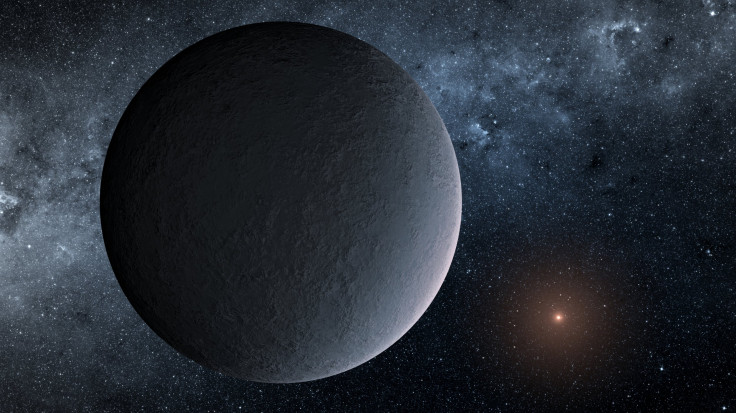Presence Of Atmosphere Around Exoplanets Linked To Their Size, Study Finds

A team of UCL-led European researchers have made an important breakthrough in the field of exoplanet classification.
Analysis of a group of 30 exoplanets from distant star systems has revealed that size is the determinant factor in whether they have an atmosphere or not.
The study marks the largest population data of exoplanets collected till date. The study revealed that 16 of the 30 planets that were studied were found to have an atmosphere with presence of water vapor.
The results of the study titled "A population study of hot Jupiter atmospheres" were presented by the lead author of the study, Angelos Tsiaras, at the European Planetary Science Congress (EPSC) 2017 in Riga on Tuesday.
Tsiaras said that more than 3000 expoplanets have been detected till now but their study had been on an individual basis. With the inclusion of the parameters from the discovery, we can develop methods of detecting atmosphere in a group of exoplanets, he said.
"This kind of consistent study is essential for understanding the global population and potential classifications of these foreign worlds," he said in a ScienceDaily release.
The research used data from the ESA/NASA Hubble Space Telescope's Wide Field Camera 3 (WFC3).
The spectral profiles of 30 exoplanets were studied for "characteristic fingerprints" left by the gases that might be present in the atmosphere. The team found that over half of the planets had detectable atmosphere and deduced the relevance of size by figuring out a pattern.
Results published state that the pattern was that planets with a larger radius had higher probability of having an atmosphere. The findings also revealed that the mass of a planet didn’t matter. This points to the fact that the gravitational pull of a planet, which decreases with an increase in radius, has nothing to do with the atmospheric evolution around the planet.
To better understand planetary evolution we need to study this on a wider scale, said Ingo Waldmann, co-author of the study.
He said the team at University College London was trying to implement several statistical tools and models to help with the findings.
A large sample size of planets would give them a wide data set through which several factors can be looked into, giving better clarity on patterns in planetary evolution to help us make a universal model.
The 30 planets observed is a big step forward from the data we possessed in the past. The wider the data set, the better, said Giovanna Tinetti, team member in the study. The team is looking at launching specific missions in the next ten years to take this number up further, maybe even thousands. This will help us create a balanced and wide understanding of how planets morph over-time
Almost all of the observed atmospheres show evidence of clouds, but another pattern seen was that the clouds disappeared in the two planets where temperatures exceeded 1700 degree Celsius.
They appear to have clear skies at very high altitudes. Results indicate that titanium oxide and vanadium oxide are present in addition to the water vapour found in all 16 atmospheres that were analyzed successfully.
The study was first published on the website of Cornell University Library.
© Copyright IBTimes 2024. All rights reserved.





















